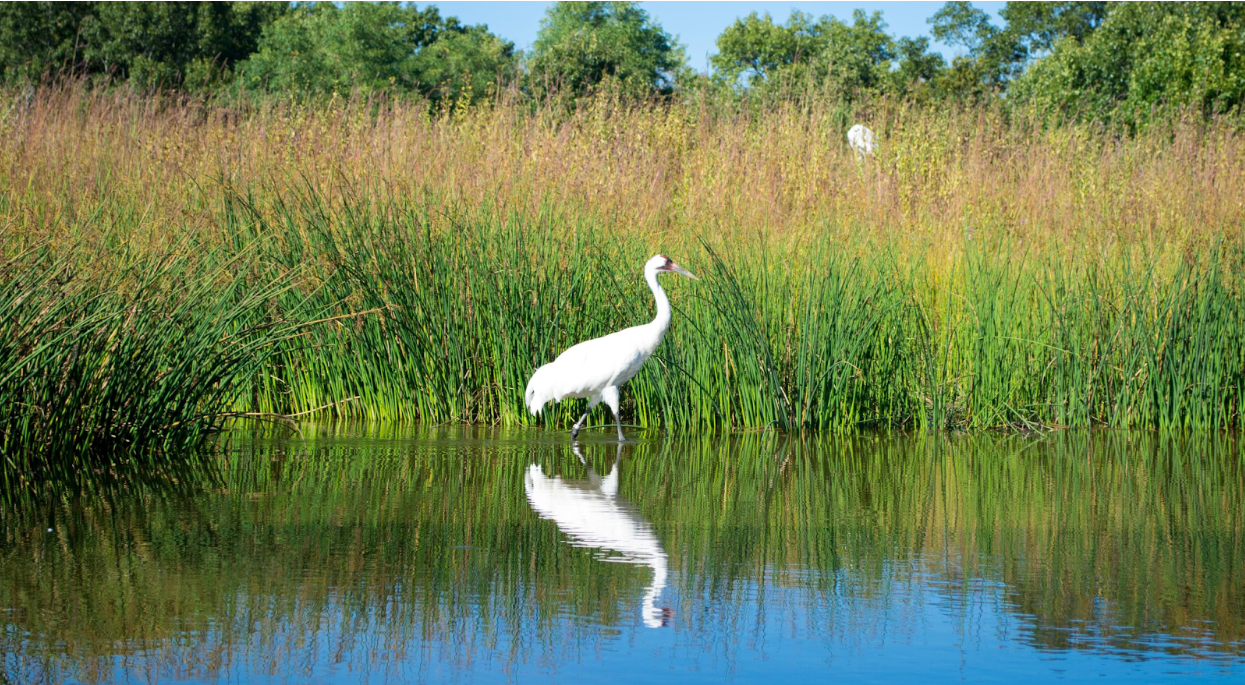The Environmental Protection Agency (EPA) and Department of the Army (DA) will no longer be permitted to regulate certain bodies of water following a recent change in the legal definition of a state-protected wetland. On May 25, the Supreme Court ruled in Sackett v. Environmental Protection Agency that the EPA overstepped its powers under the 2006 Clean Water Act, which protects all waters within the United States if they have a “significant nexus” to major waterways. According to the Supreme Court, the EPA has no such regulatory authority and now only bodies of water that connect to bigger bodies and less wetlands will be protected, removing miles of previously shielded water. The effect of the ruling is that certain communities will not have access to clean water, as water regulation will now fall on the individual states. Professor of Psychology and Director of the Environmental Studies program Heidi Harley expressed her concerns for the ruling.
“This interpretation of the Clean Water Act suggests we will need to find other mechanisms to protect wetlands more comprehensively,” Harley stated. “As you know, wetlands are foundational to protecting life. They help maintain clean water, provide flood protection and support a plethora of plant and animal species — including our own.”
Third-year Viv Cargille discussed her worry with lack of protection to these wetlands. Cargille is studying marine biology for her area of concentration
“Ultimately, regulations are one of the only ways we have for things to get better or not get worse,” Cargille said. “So I have very little faith in the private sector or individuals to really have any care or kind of boundaries for these ecosystems. I’m worried about development and coastal environments, storms are getting worse and worse each year with climate change.”
The Supreme Court’s decision is part of a string of recent rulings that place more pressure on states to self-govern. This trend can be seen in the federal government’s abdication of ruling on traditionally federal issues such as abortion cases like Roe v. Wade and congressional redistributing cases like Moore v. Harper, where the federal government passed the ball back to state courts. This means that each state can now make decisions on issues previously reserved for the federal government. These rulings have coincided with the appointment of publicly conservative Supreme Court judges during Donald Trump’s Presidential administration and the surge in conservatism that has spearheaded a pro-states’ rights campaign. The debate surrounding federal rights and states’ rights began with the Federalist Papers and continued through the slavery question during the Civil War. Marci Hamilton, a professor of political science and constitutional law at the University of Pennsylvania and a constitutional lawyer, discusses her take on this state-rights movement.
“In the United States, we have had an up-and-down relationship with what’s called state rights. Now to be perfectly technical, under the United States Constitution states have power, not rights, individuals have rights…It’s one of the points I make with my law students, it’s really about state power,” Hamilton said.
Hamilton provides reasoning for the origins of the state power trends through the liberal side, which goes back to the 1960s Civil Rights movement when the states were the worst offenders of racism and discrimination and the Federal Government passed the Civil Rights Act to place accountability on the states. According to Hamilton, the conservative view believes that the further the law is from the voter, the easier it is for tyranny and “amalgamation of power.”
Hamilton explained: “Clean air and water, the states by themselves can’t solve it because the air moves and the water moves across state lines. And so there’s no way to fix the larger environmental situation except through federal law and federal action. And that’s why we have an Environmental Protection Agency in the Federal government. However, with this recent ruling, the protection of wetlands is being given to the states, which could be quite messy.”
Hamilton pointed to the recent overturn of federal protection of abortion in Roe v. Wade as an example of the trend toward state power as a vehicle to further the personal religious and political agendas of this new conservative Supreme Court.
“When you have a closely split Supreme Court, like when I was clerking, it was basically four liberals, four conservatives, and then a swing vote, which was Justice O’Connor. That was a very rational system, where everybody was always persuading for a vote, like Justice Brennan would constantly come into our chambers, because he wanted Justice O’Connor’s vote.”
When the swinging pendulum continues to go in the same direction, the power is unequal. Cases like Roe v. Wade and Sackett v. EPA are just the beginning of what will likely be a long line of states rights cases that aim to strip away the powers of the federal government.

